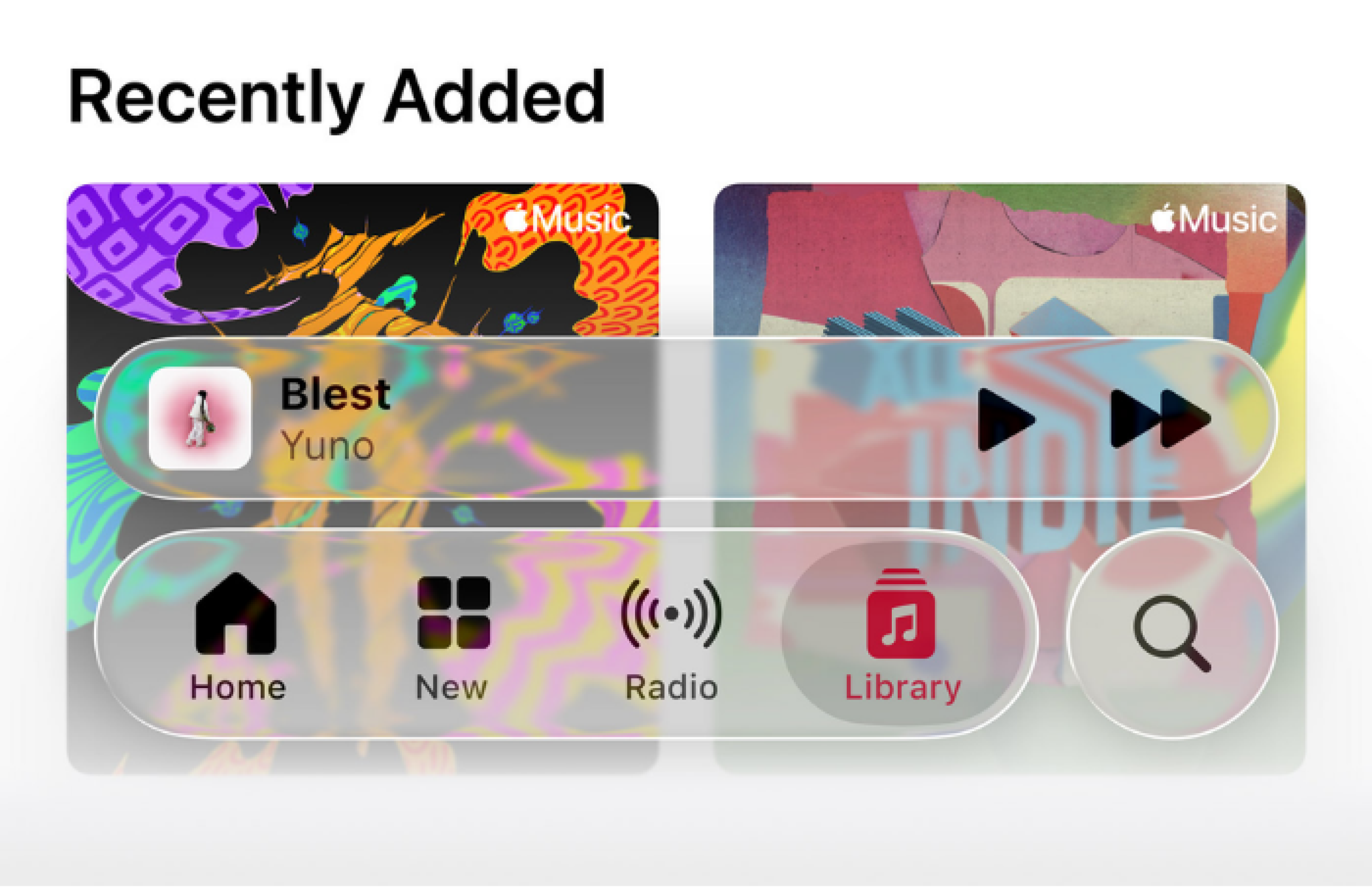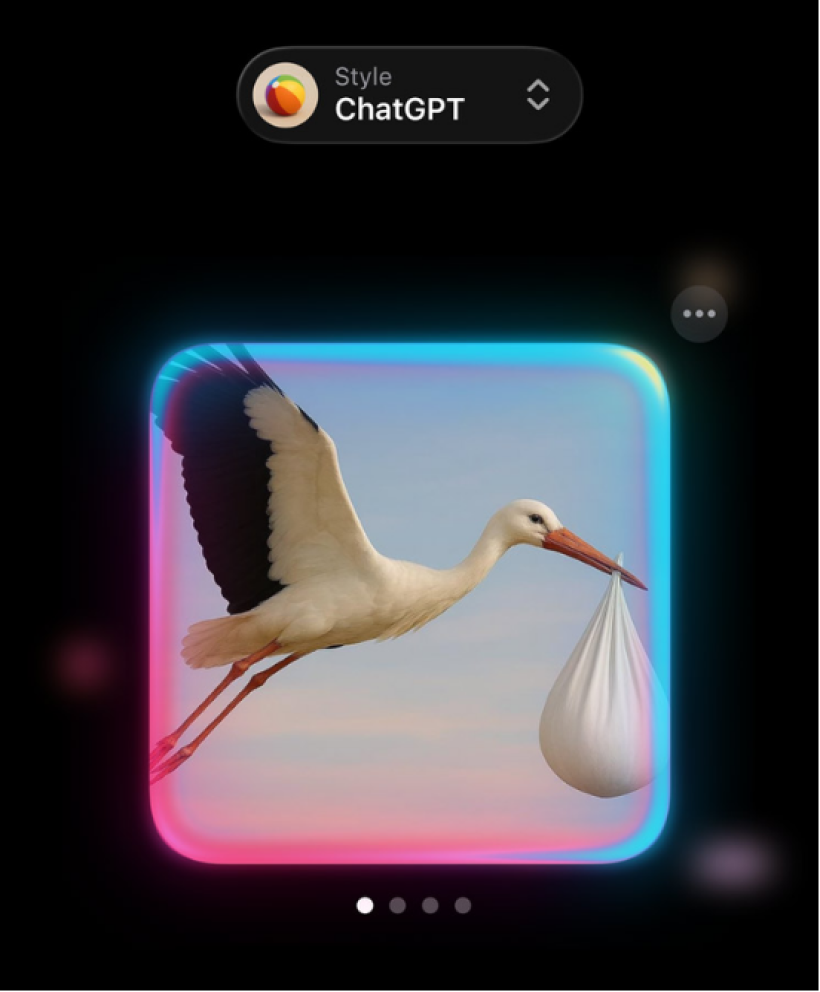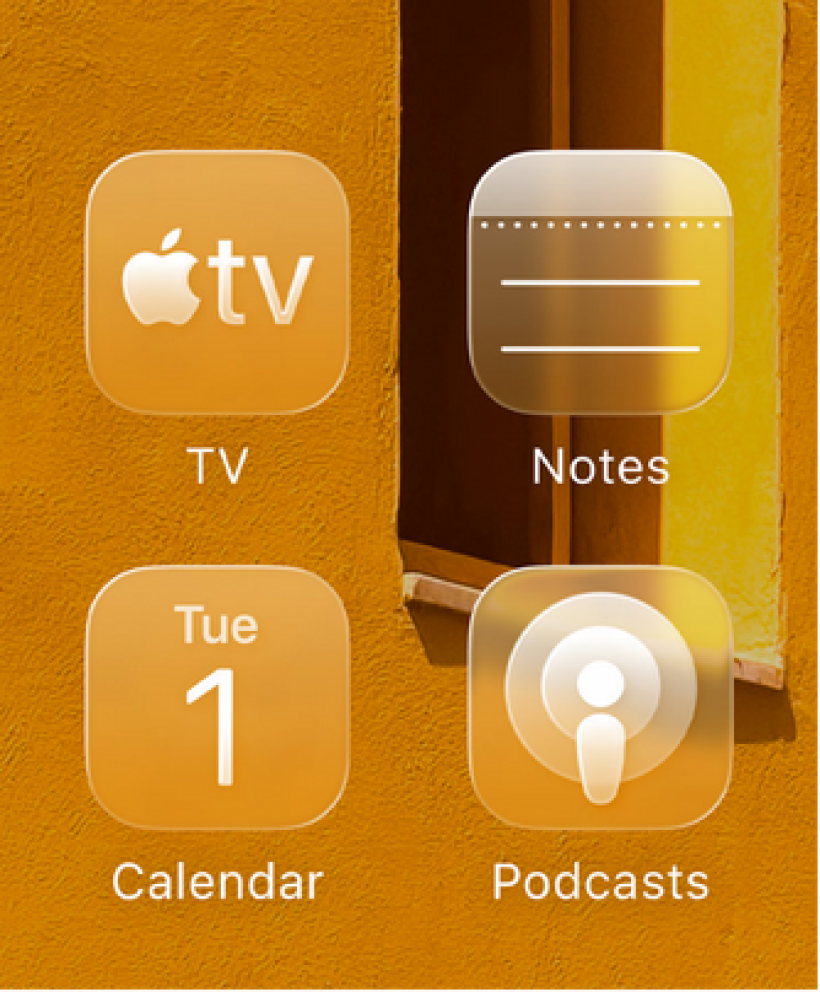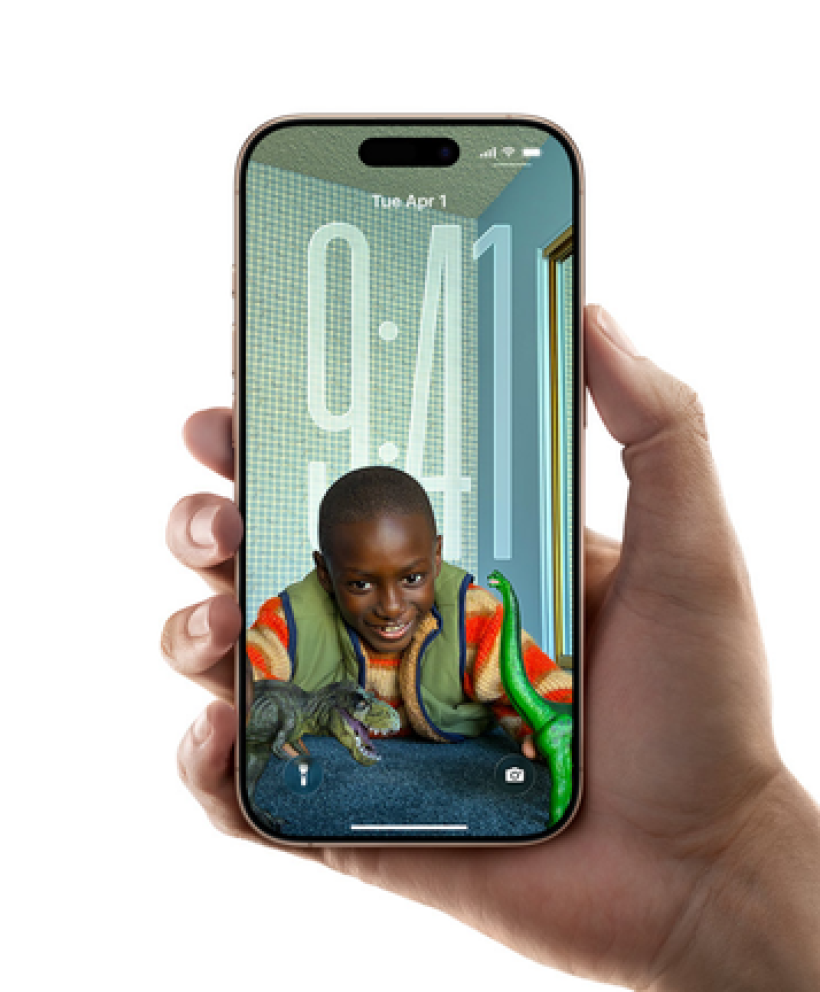Is iOS 26 a Friend or Foe to Your Business?
iOS 26 updates and the timeline:
Let’s be real, most people dodge unknown calls like junk mail. With scam calls, robocallers, and AI-generated voice fraud flooding our phones, it’s no surprise. The result? Trust in the humble phone call is in the balance. And for legitimate businesses, getting through has never been harder.
Cue iOS 26, Apple’s latest update dropping on September 2, 2025, with some new call features that aim to restore a bit of that lost trust in phone calls. However, it’s hard to ignore the controversy around ‘who did it first’, with articles like Apple borrows plenty from Android with iOS 26 (1) and iOS 26 is basically Android’s greatest hits from five years ago (2).
So let’s set the scene with a timeline:
2018 – Pixel Starts the Party: Google’s Pixel phones were ahead of the curve when they introduced features like Call Screen, Hold For Me, and later on, real-time Live Translate. Android users have been enjoying these tools for years, like having their own personal call assistant on their phone.
2024 – Samsung joined the chat: Fast-forward to January 2024, and Samsung brought similar features to the mainstream with the Galaxy S24 and its Galaxy AI. The highlight? Live Translate during calls in real-time, and yes, it even works offline in multiple languages. Pretty nifty.
2025 – Apple Arrives Fashionably Late: With iOS 26, features like Hold Assist (which… let’s be honest, is very similar to Google’s Hold For Me) are finally landing on iPhones. And suddenly, everyone’s paying attention, because let’s face it, when Apple moves, the world notices.
And it couldn’t come soon enough. According to Cognism, the average cold call success rate in 2025 has dropped to just 2.3%, nearly half in comparison to 2024. But let’s be clear, for those with a cold calling strategy, it isn’t dead, just bad cold calling is. The businesses breaking through today are powered by data, purpose, and relevance.
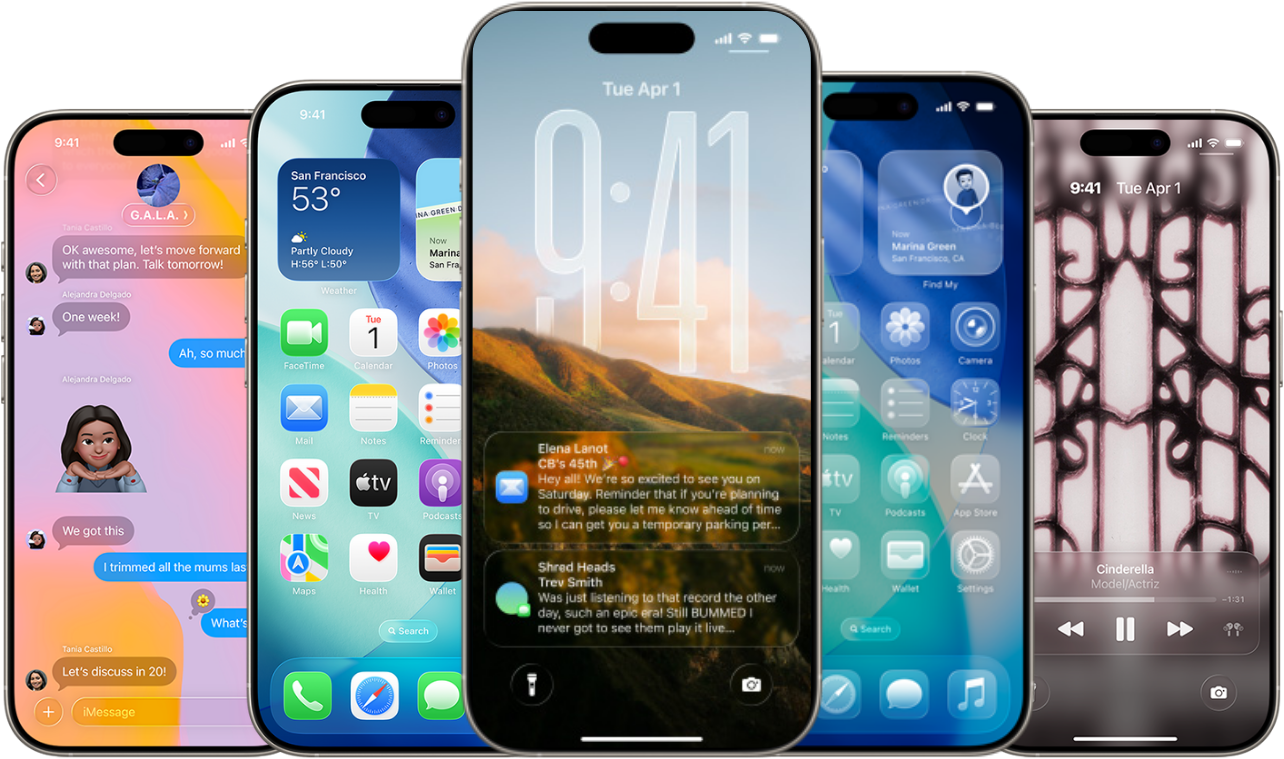
Apple’s Take on Trusted Tech – Privacy First
Apple may be arriving late to the feature party, but it brings signature polish and an uncompromising privacy stance. Unlike Google’s cloud-assisted versions, Apple processes everything on-device, so your data stays on your phone. For privacy-conscious users, that’s a powerful differentiator.
Here’s what’s landed in iOS 26:
-
Live Translation:Real-time translation built into Phone, Messages, and FaceTime
-
Call Screening: iPhone prompts unknown callers to state their name and reason, then shows a live transcript
-
Hold Assist: Detects hold music, mutes it, and alerts you when a human answers
Feature Breakdown: Call Smarter, Not Louder
-
Call Screening: No More Guesswork, Unknown number? Let your iPhone handle it. iOS 26 politely asks who’s calling and why, transcribes the answer in real time, and lets you decide if it’s worth picking up. Filters out spam and robocalls, and boosts chances for real businesses to be heard.
-
Hold Assist: No More Wasted Time. Your phone waits on hold so you don’t have to. It mutes the music, listens for a live agent, then rings you when someone picks up. It even lets the agent know you’re on your way back. This saves time and sanity by making customer service less painful.
Why It Matters for Real Businesses
For sectors that rely on outbound calls like healthcare, finance, and support teams, these features aren’t just nice to have; they’re mission-critical. Instead of being blocked or ignored, your calls can now be screened, recognised, and answered if you get the approach right. Clear identification, a valid reason to call, and relevance are now your ticket in.
The Bottom Line:
iOS 26 doesn’t just block spam, it helps honest businesses be seen, heard, and trusted again. In our next blog post, we’ll discuss how this update, when paired with a platform like Wildix Collaboration 7, becomes part of a smarter, more strategic communication stack that empowers teams and improves customer experience.
Because in 2025, it’s not about calling louder, it’s about calling better.
Source:
- Apple borrows plenty from Android with iOS 2, Android Police, 9th June 2025.
- iOS 26 is basically Android’s greatest hits from five years ago, Android Police, 23rd June 2025.
- Cognism, March 2025, and Cognism, June 2025
- Google just accused iOS 26 of copying these 3 features on iPhones – and it has a point, Tech Radar, 18th June 2025
Image credit: Apple Website, July 2025.
